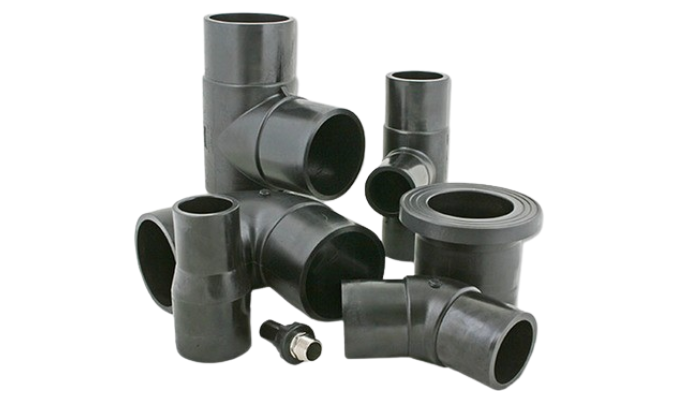Preparation:
Ensure that the pipes to be joined are clean, dry, and free from any
contaminants such as dirt, grease, or moisture.
Cut the pipe ends squarely using a suitable cutting tool to ensure proper
alignment during welding.
Use a suitable scraping tool to remove any oxidation or debris from the pipe ends. The scraped area should be clean and smooth.
Clamping:
Secure the pipes in the clamps of the butt fusion welding machine, ensuring
that they are aligned precisely and that the ends are butted together firmly.
Heating:
Activate the heating elements of the butt fusion welding machine and allow them to reach the specified temperature.
Bring the heated heating plates into contact with the exposed ends of the pipes, ensuring that the heating plates cover the entire joint area evenly.
Apply pressure to the pipes using the hydraulic system of the welding machine to ensure intimate contact between the pipe ends and the heating plates.
Heating and Fusion:
Maintain the heating and pressure for the prescribed heating and fusion time as per the manufacturer’s recommendations. This allows the heat to penetrate the pipe ends and soften the material, promoting fusion.
Once the heating and fusion time is complete, retract the heating plates and remove any excess molten material from the joint area.
Cooling:
Allow the molten material to cool and solidify naturally without disturbing the joint. The cooling time may vary depending on factors such as pipe size, material thickness, and ambient temperature.
Trimming:
After the joint has cooled sufficiently, use a suitable trimming tool to remove any excess material from the welded joint. This ensures a smooth, uniform surface and helps prevent stress concentrations.
Visual Inspection:
Inspect the welded joint visually to ensure that it is uniform, smooth, and free from any defects such as voids, wrinkles, or irregularities. A well-executed butt fusion weld should exhibit full penetration and fusion between the pipe ends.
Testing:
Conduct any required testing or pressure checks on the welded joint to verify its integrity and strength. This may include hydrostatic testing or other nondestructive testing methods as per applicable standards and project requirements.


